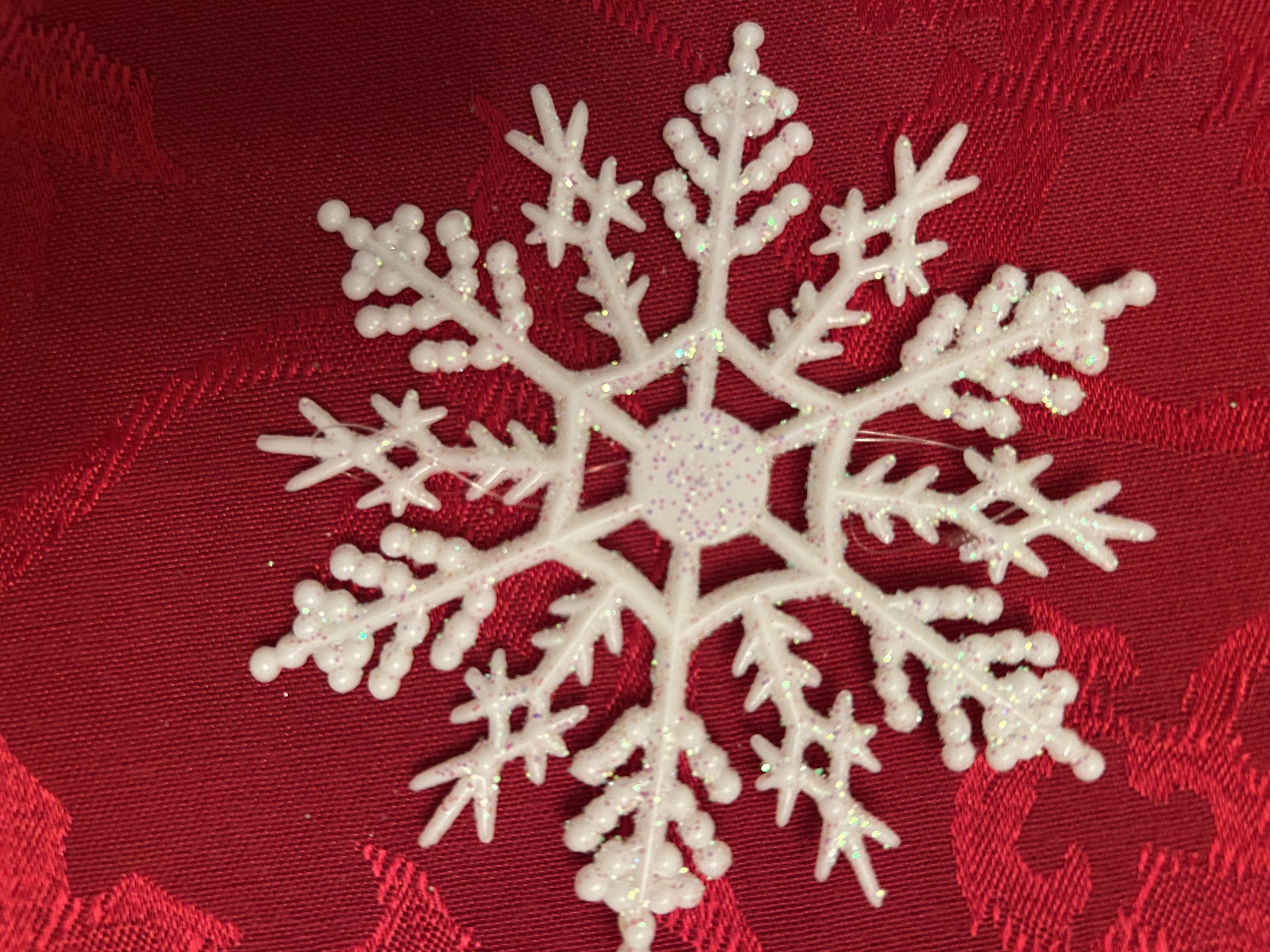Distractions affect a student’s learning. For some students, sights, sounds, and movements can easily divert their attention. This can make it difficult for them to finish assignments, while other students may have too many electronic devices around them. Students who have focus issues cannot comprehend what is taught.
Many obstacles cause a student to lose focus. They may also lose focus due to a lack of organization.
Causes of Distractions
An electronic device is often the primary source of distraction, with social media being one example. Many schools address this problem by requiring students to store their smartphones in lockers or surrender them at the entrance and retrieve them at the end of the class.
A lack of organizational skills can lead to student distraction. When students are unprepared and searching for an assignment, it can cause distraction for others around them.
Distraction is also caused by a lack of understanding. Students lose concentration when they do not comprehend the material. Thus, they begin to distract others.
A student with learning disabilities has a condition that causes distraction. They need proper strategies from a learning support teacher to help students stay focused.
Learning Stops
The learning of the entire class is disrupted by distractions, which leads to a loss of teaching and learning time. Shortened concentration spans result in longer assignments and projects, and any acquired information is not retained in memory.
When people are frequently interrupted while switching tasks, it can cause them mental fatigue. This can have negative effects on both students and teachers. If instructors change their teaching techniques often, it can confuse learners and hinder their ability to remember information. Ultimately, this can harm academic achievement.
Using various and well-planned strategies helps to keep distractions at a minimum. At first, model the expected behavior. If there is a ‘no talking’ time in the classroom, set a timer for the students to work on assignments quietly.
Consistency in discipline is crucial when dealing with disruptive students, regardless of who they are. It’s always best to identify the root cause of any issues. Understanding what causes distractions can aid in finding ways to address them effectively.
Guide students toward organizational strategies.
- Choose appropriate seating for students, especially for students with disabilities.
- Privacy dividers, earphones, or earplugs block distractions. These are especially good during individual assignments or tests.
- Utilize high and low-interest lessons and assignments. Short lessons keep all students interested.
- Varying strategies and methods help to accommodate various learning styles and help all students stay on task.
Instead of punishing students, it is more effective to guide them in a different direction. Shaming a student is unhelpful. Sometimes, nonverbal signals can help a student regain their attention. Unfortunately, distractions will not go away. However, try to keep them at a minimum for the sake of all students.



